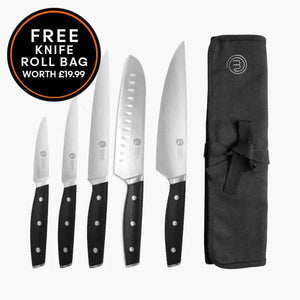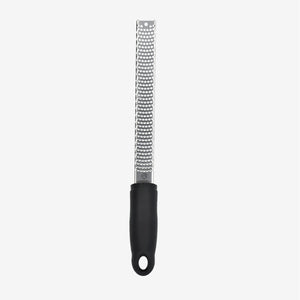Start with the Right Canvas
The foundation of a stunning plate is choosing the right canvas, and in this case, it's your dinnerware. Invest in high-quality plates, bowls, and serving platters. Consider the colour, shape, and size of your dinnerware, as they can greatly impact the overall presentation. White plates are a popular choice among top chefs because they provide a clean and neutral backdrop that allows your food to shine. Experiment with different shapes and sizes to complement the style of your dish.
Embrace the Rule of Thirds
One of the fundamental principles of plating like a MasterChef contestant is the rule of thirds. Imagine dividing your plate into three equal parts both horizontally and vertically, creating a tic-tac-toe grid. Place your main element, such as protein or the focal point of your dish, at one of the intersection points. This technique creates balance, visual interest, and a sense of flow on your plate. Surround your main element with complementary sides, sauces, and garnishes to complete the composition.








